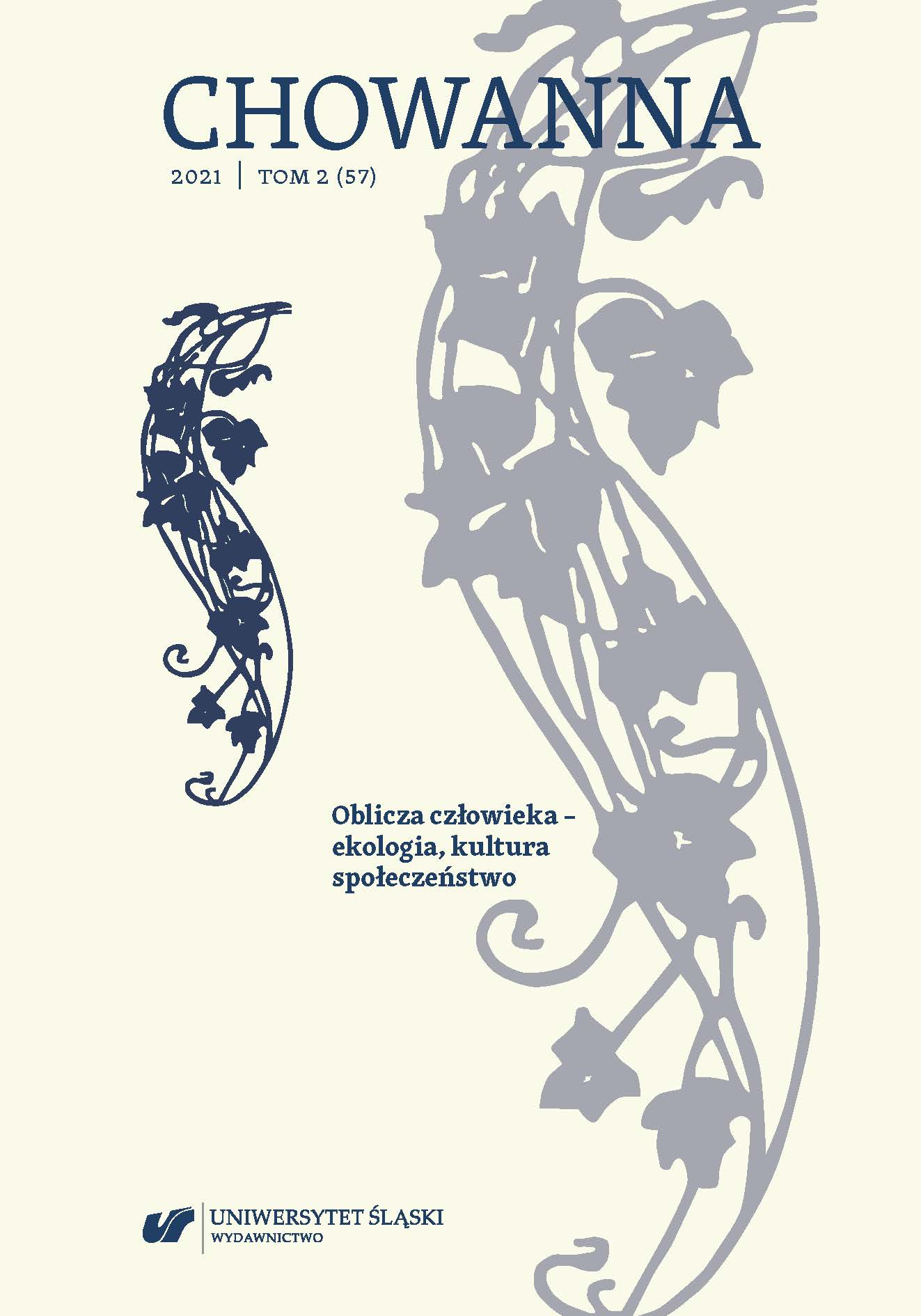Bronfenbrenner U.: “Toward an experimental ecology of human development.” American Psychologist, 1977, vol. 32, no. 7, pp. 513–531.
Google Scholar
Brown T.A.: Confirmatory factor analysis for applied research. Guilford Press, New York, 2006.
Google Scholar
Case R.: “Neo-Piagetian theory: Retrospect and prospect.” International Journal of Psychology, 1987, vol. 22, nos. 5–6, pp. 773–791.
Google Scholar
Davidson J.: “Contemporary model of giftedness.” In: International handbook of giftedness. 1st edn. Ed. L. Shavinina. Springer, Amsterdam, 2009, pp. 81–99.
Google Scholar
Gardner H.: Frames of mind: The theory of multiple intelligence. Basic Books, London, 1983.
Google Scholar
Glasser W.: Choice theory: A new psychology of personal freedom. Black Forest Press, New York, 1999.
Google Scholar
Leana-Taşcılar M.Z.: “The actiotope model of giftedness: Its relationship with motivation, and the prediction of academic achievement among Turkish students.” The Australian Educational and Developmental Psychologist, 2015, vol. 32, no. 1, pp. 41–55.
Google Scholar
Niknam K.: Developing and evaluating effectiveness of creative problem-solving program on enhancement of social adaptation, creativity, and life satisfaction in gifted and talented adolescents. A Dissertation for the Degree of Doctor of Psychology and Education of Exceptional Children, Islamic Azad university Science and Research Branch, Tehran, 2018 [in Persian: Tarrahi va Barrasie Asarbakhshe Barnameye Amoozeshe Maharathaye Halle_Masale Be Raveshe Khallagane, Bar Afzayeshe Khallagiyet, Sazegarye Echtemaee Va Rezayat Az Zendegee Nojavanane Tiz_Hooshe peser].
Google Scholar
Niknam K., Ghobari Bonab B., Hassanzadeh S.: “The Effect of Creative Problem-solving Training on Creativity and Life Satisfaction of Gifted Boy Students.” Child Mental Health, 2019, vol. 6, no. 2, pp. 205–217 [in Persian: Tasire Amoozeshe Halle_Masaleye Khallagane, Bar Khallagiyet Va Rezayat Az Zendegiye Nojavanane Tiz_Hooshe peser].
Google Scholar
Penn H.: Understanding early childhood issues and controversies. Open University Press, Berkshire, 2005.
Google Scholar
Phillipson S.: “Confucianism, learning self-concept and the development of exceptionality.” In: Development of excellence in East-Asia: Explorations in the actiotope model of giftedness. Eds. S.N. Phillipson, H. Stoeger, A. Ziegler. Routledge, London, 2013, pp. 167–187.
Google Scholar
Safee A.: Iranian educational organization and laws. Samt Press, Tehran, 2006 [in Persian: Sazman va Gavanin Amoozesh va Parvareshe Iran].
Google Scholar
Saif A.A.: Educational psychology. 6th edn. Agah, Tehran, 2010 [in Persian: Ravanshenasye Parvereshye Novin].
Google Scholar
Shavinina L. (ed.): “International handbook on giftedness.” In: The history of giftedness research. Ed. H. Stoeger. Springer Press, New York, 2009, pp. 17–39.
Google Scholar
Simon H.A., Gilmartin K.: “A simulation of memory for chess positions.” Cognitive Psychology, 1973, vol. 5, no. 1, pp. 29–46.
Google Scholar
Sternberg R.: “The WICS model of giftedness.” In: Conceptions of giftedness. Eds. R. Sternberg, J. Davidson. Cambridge University Press, New York, 2005, pp. 327–342.
Google Scholar
Vladut A., Liu Q., Leana-Taşcılar M.Z., Vialle W., Ziegler A.: “A crosscultural validation study of the Questionnaire of Educational and Learning Capital (QELC) in China, Germany and Turkey.” Psychological test and Assessment Modelling, 2013, vol. 55, pp. 462–478.
Google Scholar
Vladut A., Vialle W., Ziegler A.: “Learning resources within the Actiotope: A validation study of the QELC (Questionnaire of Educational and Learning Capital).” Psychological Test and Assessment Modelling, 2015, vol. 57, no. 1, pp. 40–56.
Google Scholar
Vygotsky L.S.: Mind in society: The development of higher psychological processes. Harvard University Press, Cambridge, 1978, pp. 29–67.
Google Scholar
Wechsler D., The measurement and appraisal of children intelligence. 4th edn. Williams & Wilkins Press, Tehran [in Persian: Rahnomaye Ejra va Nomregozary va Tafsire Megyas-haye Hoosh WISC-IV].
Google Scholar
Ziegler A.: “The actiotope model of giftedness.” In: Conceptions of giftedness. Eds. R. Sternberg, J. Davidson. Cambridge University Press, Cambridge, 2005, pp. 411–434.
Google Scholar
Ziegler A., Baker J.: “Talent development as adaptation: The role of educational and learning capital.” In: Exceptionality in East Asia: Explorations in the Actiotope Model of Giftedness. Eds. S.N. Phillipson, H. Stoeger, A. Ziegler. Routledge Press, London, 2013, pp. 18–39.
Google Scholar
Ziegler A., Debatin T., Stoger H.: “Learning resources and talent development from a systemic point of view.” New York Academy of Sciences, 2019, special issue, pp. 1–13.
Google Scholar
Ziegler A., Vialle W., Wimmer, B.: “The actiotope model of giftedness: A short introduction to some central theoretical assumptions.” In: Exceptionality in East-Asia: Explorations in the actiotope model of giftedness. Eds. S.N. Phillipson, H. Stoeger, A. Ziegler. Routledge, London, 2013, pp. 1–17
Google Scholar


 https://doi.org/10.31261/CHOWANNA.2021.57.03
https://doi.org/10.31261/CHOWANNA.2021.57.03
